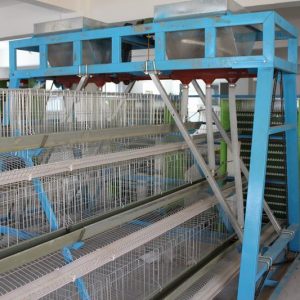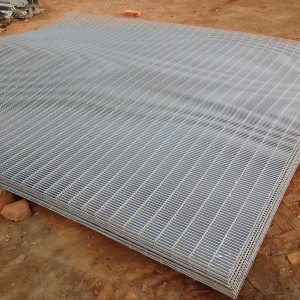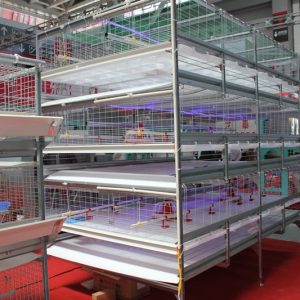
What are the breeding methods of Chaiji
What are the breeding methods of Chaiji? Chaiji is also called stupid chicken, which has the characteristics of resistance to rough feeding, strong nesting and disease resistance, and its meat is delicious. Chai eggs are very popular in urban and rural markets, and the price of eggs is higher than that of ordinary eggs. For farmers who have certain conditions, the cost of raising chai chicken is relatively low, which is suitable for family breeding.
What are the breeding methods of chai chicken? The breeding management of chai chicken is mainly managed step by step according to the growth stage of the chicken, which is divided into brooding, stocking management and feed.
1. Brooding
Brooding is an important basic work in the production of chickens. Whether professional chickens have good economic benefits depends mainly on the breeding management during the brooding period. Because the chicks have poor stress resistance, high mortality, and high management requirements. Make preparations before entering the chicks. One week before entering the chicks, the brooding house should be thoroughly cleaned, the bedding should be laid, and the chicks can be entered after strict spraying and formalin fumigation.
Pay attention to starting food and drinking water. After long-distance transportation, the chicks are easily dehydrated. Drink water first after entering the house. Add a proper amount of electrolyzed multivitamins and brown sugar to the water to replenish electrolytes and strengthen physical fitness. Add antibacterial drugs after 2 days, such as adding to the feed 0.01% norfloxacin, 0.02% Dijunjing, to prevent pullorum and coccidiosis. Pay attention to the brooding temperature: 35°C for the first 3 days of brooding, 33°C on the 4th-7th day. From the second week onwards, the temperature will be lowered by 2-3°C every week. Excessive temperature may cause upper respiratory tract disease, indigestion, pecking, etc. If it is too low, the growth of the chicks will be hindered, the pullorum disease will break out, and the chicks will get crowded and crushed. In addition, it is necessary to prevent thieves.
There must be lighting: to facilitate feeding at night and prevent rodent damage. Others: As the chicks grow up, they can be surrounded by a net outside the house to expand the range of chicks and lay a good foundation for stocking. During the brooding period, let the chickens eat as much as possible to strive for the maximum brood weight.
Second, stocking management
During the first 2-3 days of training, due to the effects of temperature reduction and stocking, a certain amount of vitamin C or vitamins can be added to the feed or drinking water to prevent stress. Several drinking fountains should be placed near the shed. As a supplementary drinking water, because chickens are in contact with the soil, the water is easily polluted, so the water should be changed frequently, and the daily management of stocking and feeding at fixed times and fixed points should be adhered to. Observe frequently, pay attention to whether the chicken manure is normal, find outdated, lonely, and weak chickens in time, and isolate them for observation and treatment. Stop stocking in windy and rainy weather to prevent wet feathers from catching cold.
3. Feed
It is raised with full-price compound feed. Hygiene and anti-epidemic: Because chickens in mountainous areas come into contact with the outside world and the soil, the chickens are exposed to many pathogenic bacteria, which makes the prevention and control of chicken diseases more difficult. Must earnestly carry out sanitation and disinfection and epidemic prevention work strictly according to the requirements of chicken raising, and there must be no slack. Do a good job in environmental hygiene, regularly use 2%-3% caustic soda or 20% lime milk to thoroughly disinfect the chicken house and the surrounding area. In addition to using disinfectants, drugs are also used to kill mosquitoes, flies, and rodents.
Do a good job in vaccination and disease control. Vaccination should be carried out according to the normal immunization procedures for chickens. Special attention should be paid to the prevention and treatment of coccidiosis and other gastrointestinal parasitic diseases. Frequent inspections should be carried out. Once discovered, they should be eliminated in time. Anticoccidial drugs such as chlorobenzene can also be added to feed or drinking water. Guanidine, anti-ball king, etc., prevent and reduce the occurrence of coccidiosis.
In addition, the exchange of idle and miscellaneous personnel should be strictly prohibited. All in, all out. After a batch of chickens are released for slaughter, thoroughly disinfect the site and utensils. Whether all in and all out is the key to the success or failure of mountain chicken raising. If conditions permit, the site must be changed every two batches of chickens and the old site must be disinfected. The old site should not be too close.



